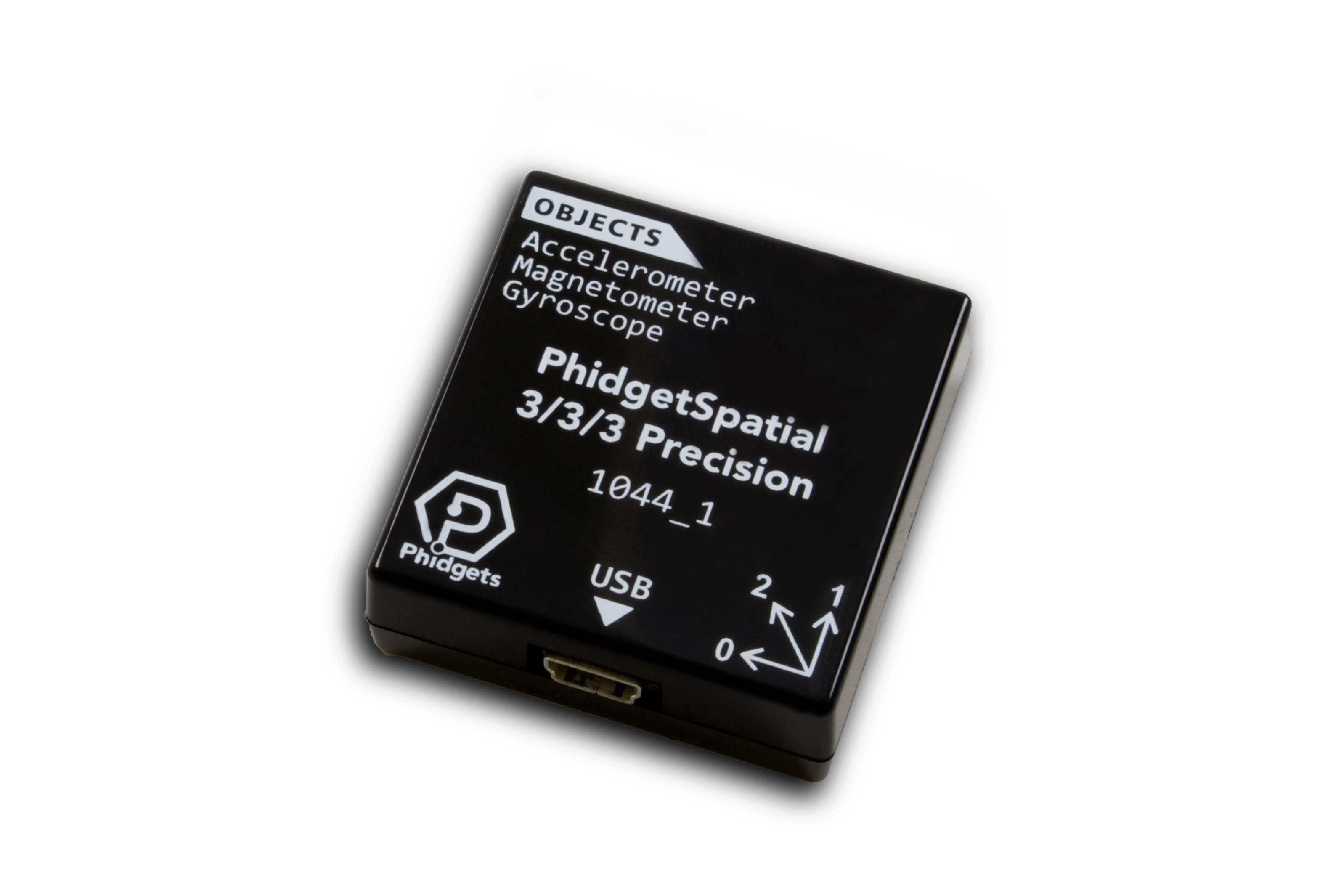Exploring Cost-Effective Seismic Detection

The TNO (Dutch Geological Survey) embarked on an innovative project to explore if expensive geophones, traditionally used in seismic detection, could be replaced with more economical accelerometers. This investigation aimed to determine the feasibility of using accelerometers to accurately localize events on a small scale, such as vibrations caused by minor impacts on a floor.
Our experiment involved simulating events on a 6 by 1 meter floor, equipped with four accelerometers placed at each corner. The challenge was to use only the data from these accelerometers to precisely predict the location of these small-scale events.
The first approach we adopted was the Time Difference Of Arrival (TDOA) method. This technique relies on the difference in the time of arrival of signals to estimate the event's distance, considering the speed of propagation through mediums like wood, which ranges between 3.3 to 5 meters per millisecond. While this method showed promise, with a average deviation of 120 cm in a 6-meter range, the sensitivity to timing accuracy posed challenges.
To enhance our precision, we then implemented a fully connected neural network. Our dataset, comprising 242 events, was split into training (162 events) and validation set. The network utilized both the time difference of arrival and the g-force data from the accelerometers. This approach significantly improved our accuracy, reducing the average deviation to just 10 cm on the validation set.
Furthering our exploration, we utilized a Long Short-Term Memory (LSTM) neural network. This more complex model allowed for the inclusion of the entire g-force profile of an event, rather than just the data at the point of arrival, providing the network with a richer context for prediction. Despite the added complexity, the LSTM network yielded a average deviation of 65 cm on the validation data, indicating that increased complexity does not always correlate with better accuracy.
The outcomes of this project are promising, demonstrating the potential for using inexpensive accelerometers for small-scale event localization. While further research is needed to ascertain the applicability of these findings on a larger scale, the theoretical groundwork laid by this study offers an optimistic outlook for future developments in cost-effective seismic detection technologies.




